Explain How The Skin Functions As A Defense Against Disease
Explain how the skin functions as a defense against disease. Skin The skin is the largest organ of your body. The skin covers almost all parts of your body to prevent infection from pathogens. The skin can absorb substances that the body need such as oxygen and nitrogen.
It stimulates white blood cells to build a good defence against invaders according to a group of researchers at Lund University in Sweden together with colleagues from Copenhagen and Odense in. The skin the bodys largest organ helps to. The skin in its own way functions as a form of armorbody armor.
This finely tuned balance between protection from harmful pathogens mostly microorganisms and bidirectional signal exchange is provided. Its purpose is indispensable to life according to doctors at Health Communities. Prevents loss of moisture.
The skin is known as the largest organ of the body. The skin is also covered with helpful bacterica. The skin helps to protect us from things such as dehydration harmful microorganisms bacteria and UV rays from the sun.
If this defence is broken the second line of defence within your body is activated. There are a number of ways in which the skin serves as a defense against disease a barrier to outside forces a communicator of the bodys internal workings and a conduit for temperature control. Skin forms a waterproof mechanical barrier.
Reduces harmful effects of UV radiation. The layers of the skin like the outer wall and secondary inner walls surrounding a medieval city not only provide protection from external enemies but also provide niches where normal flora bacteria and fungi can. If it is cut or grazed it immediately begins to heal itself often by forming a scab which prevents infection as.
If this outer defensive wall is broken the skin attempts to heal quickly and the second line of defence becomes involved. Functions of the skin.
See also Lines of Defense Natural barriers include the skin mucous membranes tears earwax mucus and stomach acid.
The skin can absorb substances that the body need such as oxygen and nitrogen. If it is cut or grazed it immediately begins to heal itself often by forming a scab which prevents infection as. Also the normal flow of urine washes out. See also Lines of Defense Natural barriers include the skin mucous membranes tears earwax mucus and stomach acid. It stimulates white blood cells to build a good defence against invaders according to a group of researchers at Lund University in Sweden together with colleagues from Copenhagen and Odense in. When the skin sheds and renews itself harmful bacterica and viruses fall off. It provides a barrier between your vital life-sustaining organs and the influence of outside elements that could potentially damage them. Functions of the skin. The skin serves as a wall-like barrier to separate and protect the inside of our body from the microbial enemies of the environment and provide a primary defense against infection.
It stimulates white blood cells to build a good defence against invaders according to a group of researchers at Lund University in Sweden together with colleagues from Copenhagen and Odense in. The skin the bodys largest organ helps to. Skin is a barrier that serves as one of the bodys first lines of defense against harmful microbes. See also Lines of Defense Natural barriers include the skin mucous membranes tears earwax mucus and stomach acid. The skin serves as a wall-like barrier to separate and protect the inside of our body from the microbial enemies of the environment and provide a primary defense against infection. It provides a barrier between your vital life-sustaining organs and the influence of outside elements that could potentially damage them. The skin in its own way functions as a form of armorbody armor.

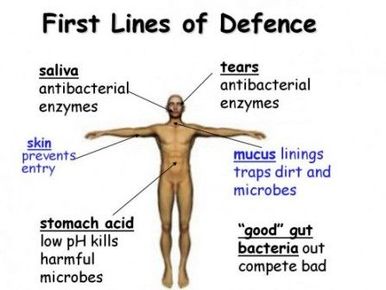
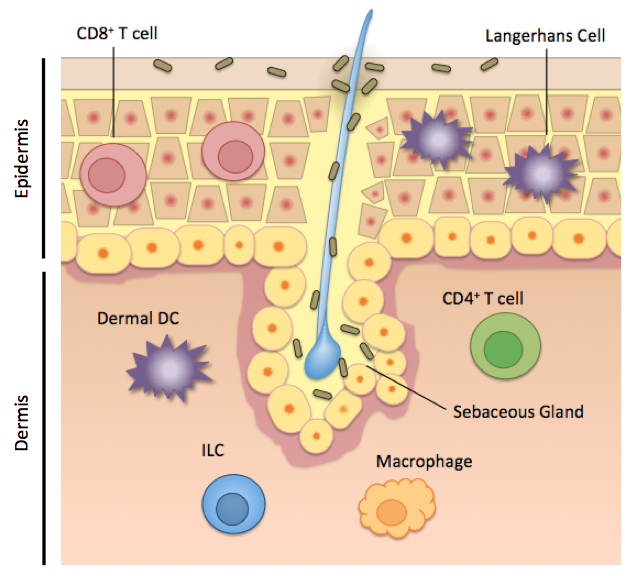




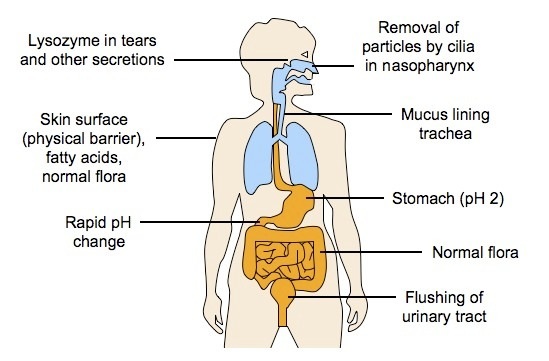
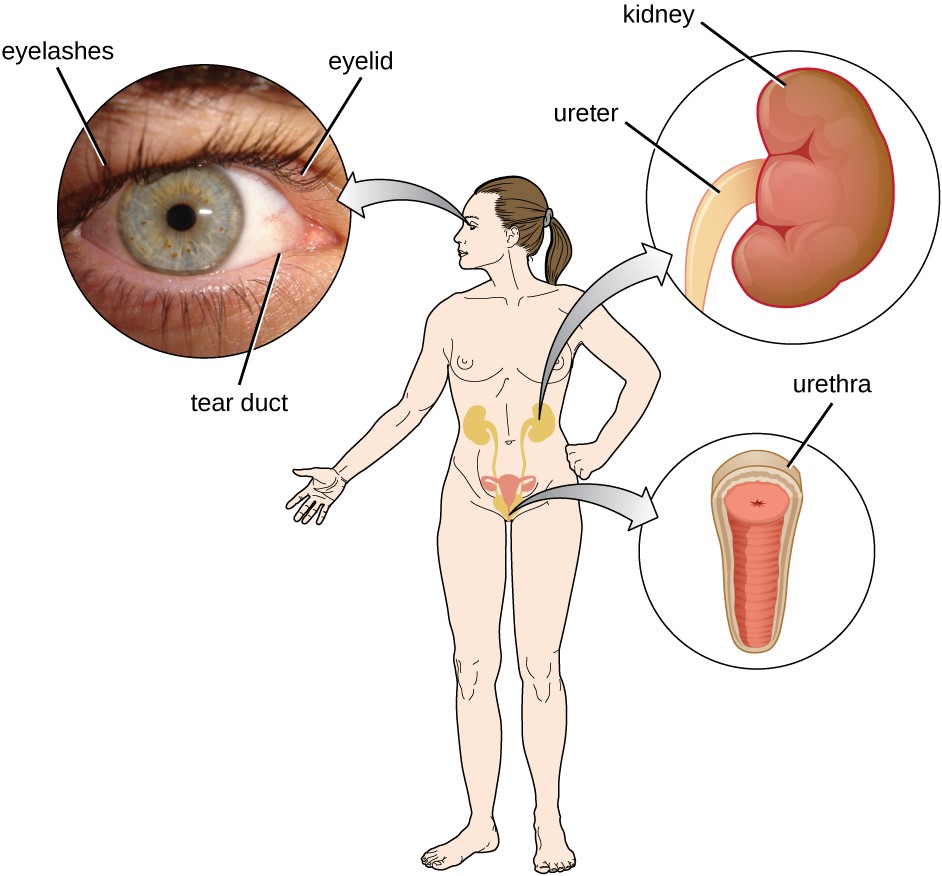


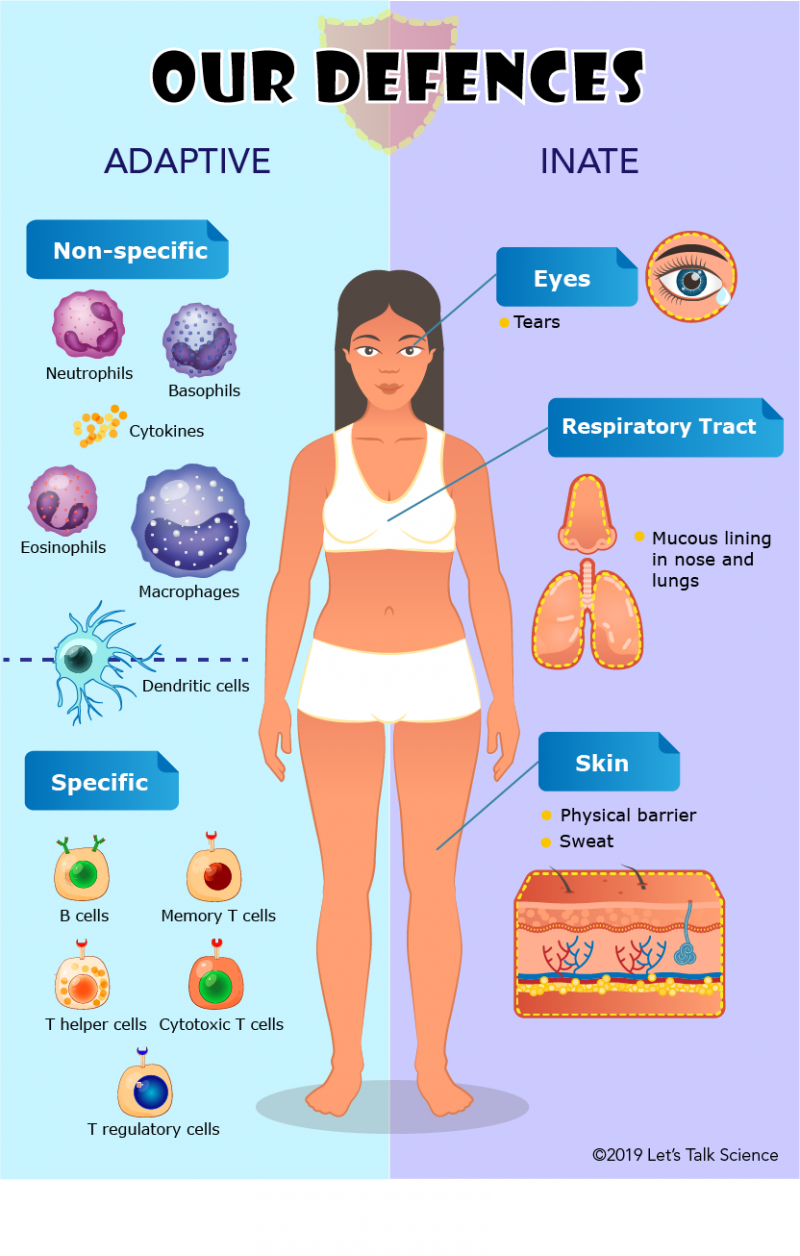

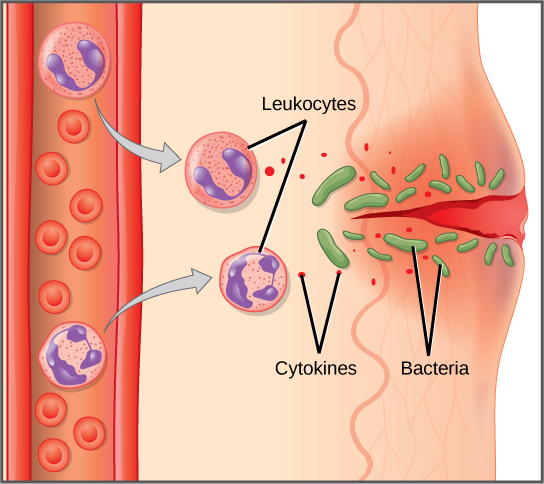


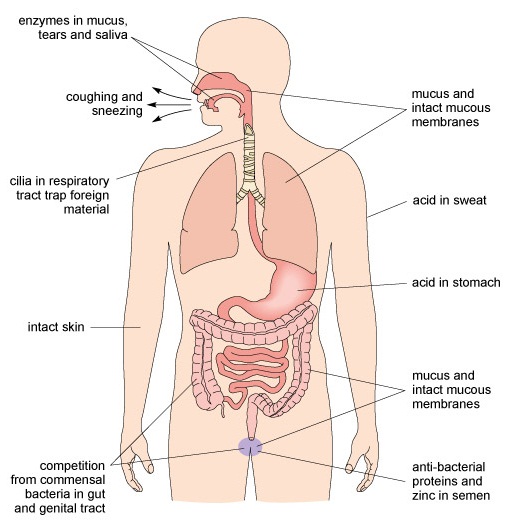
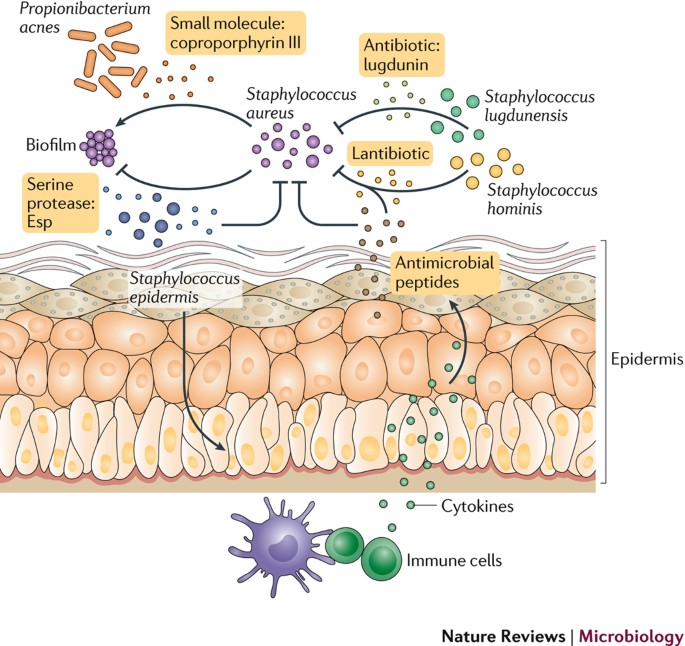
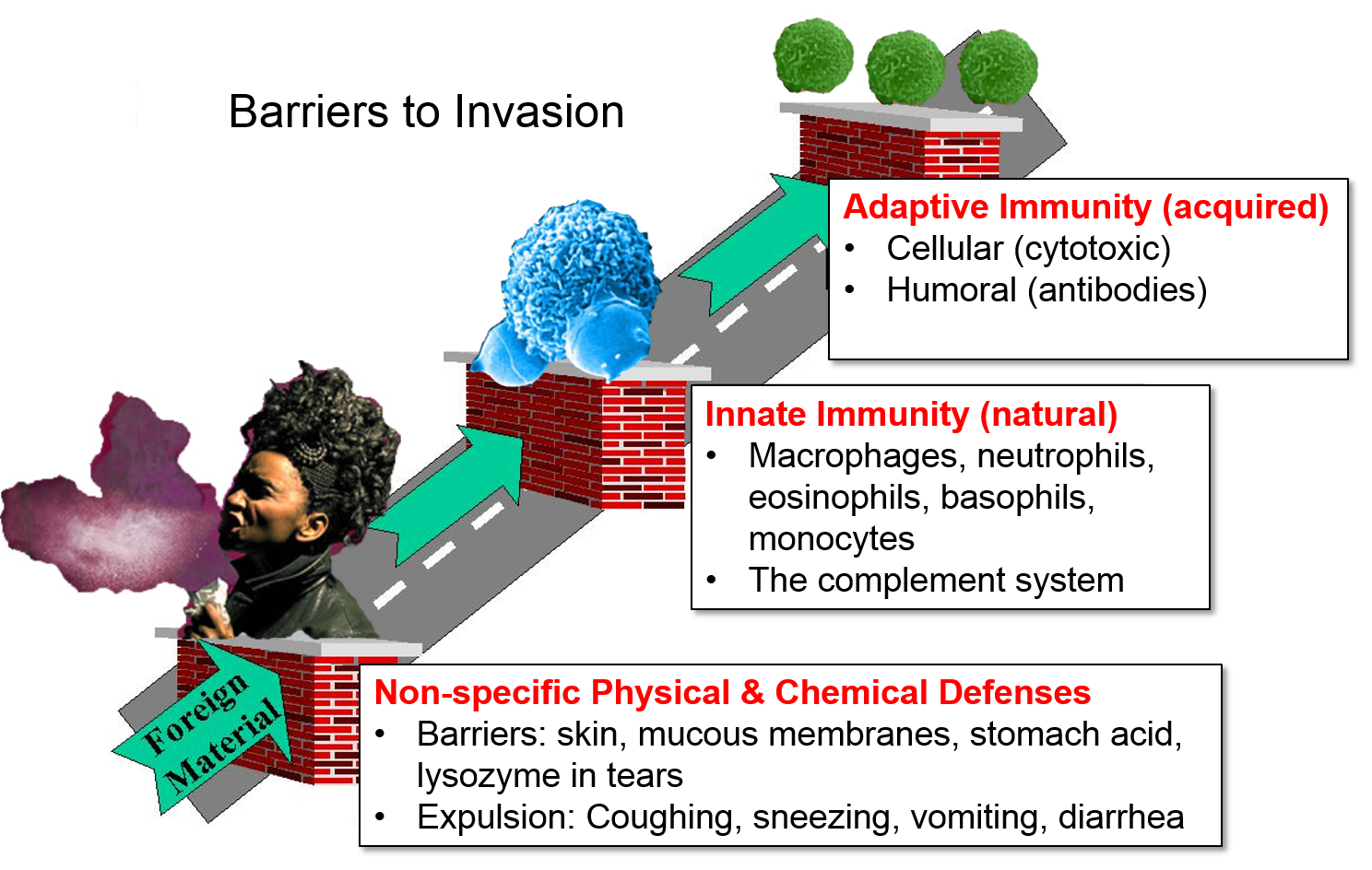
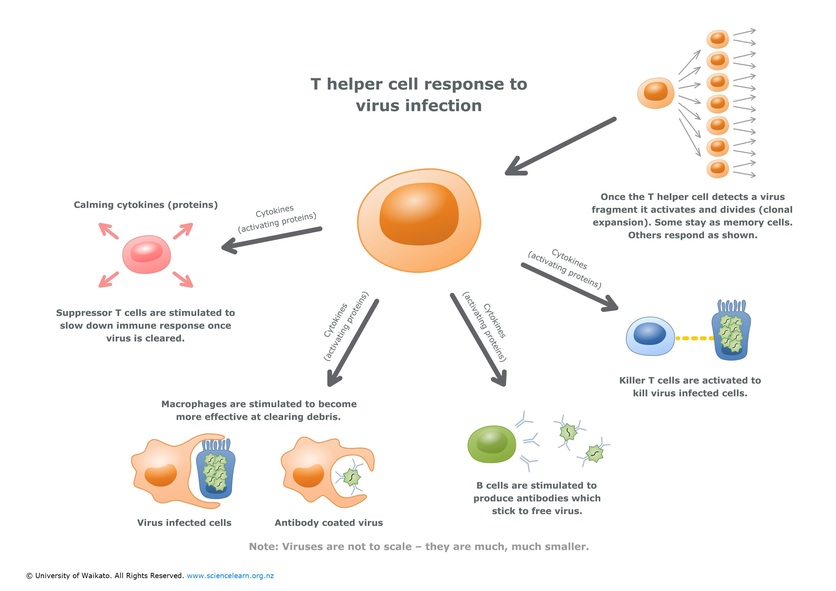
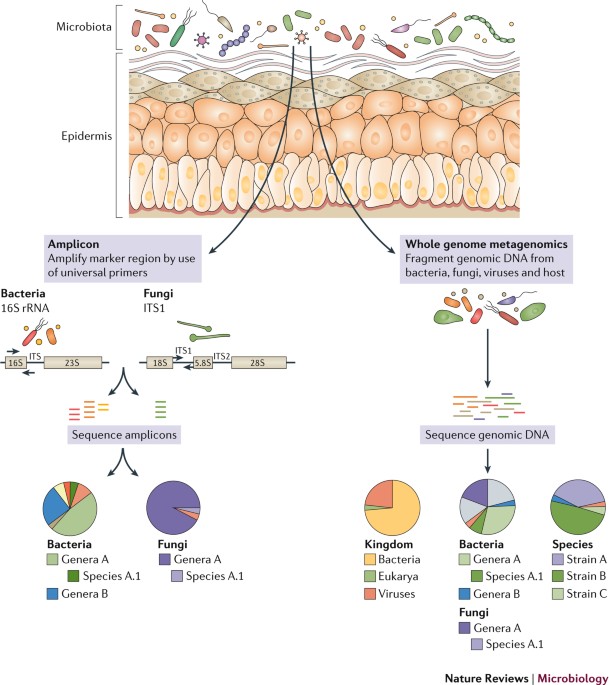
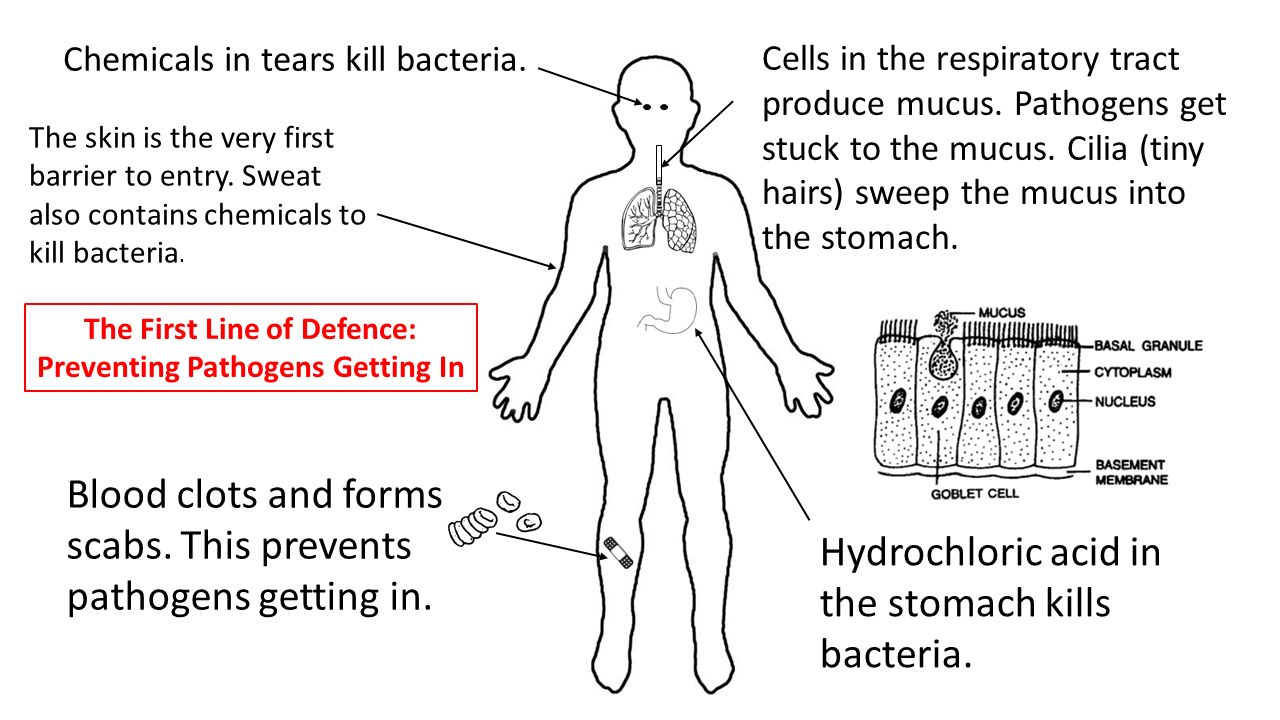


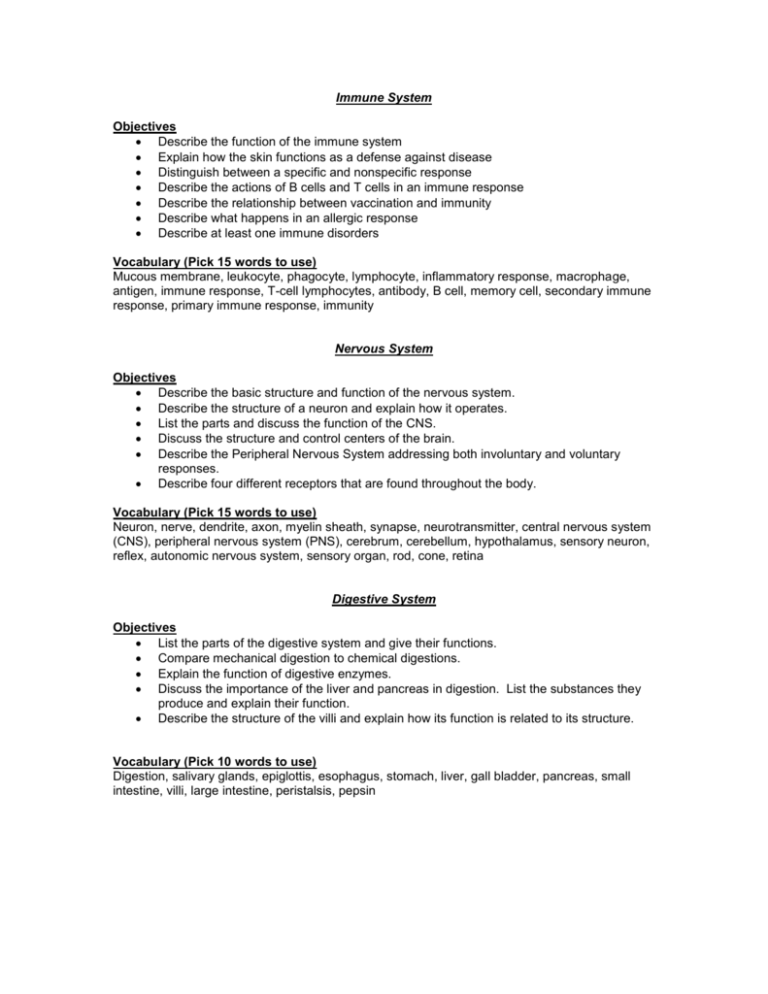


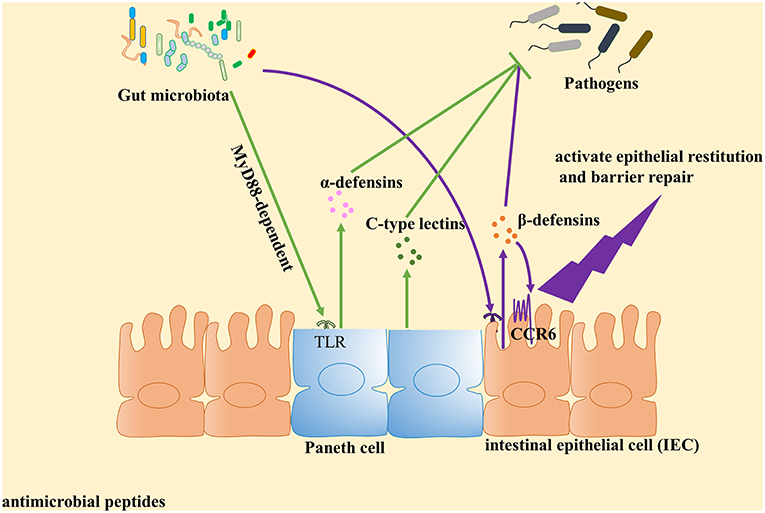


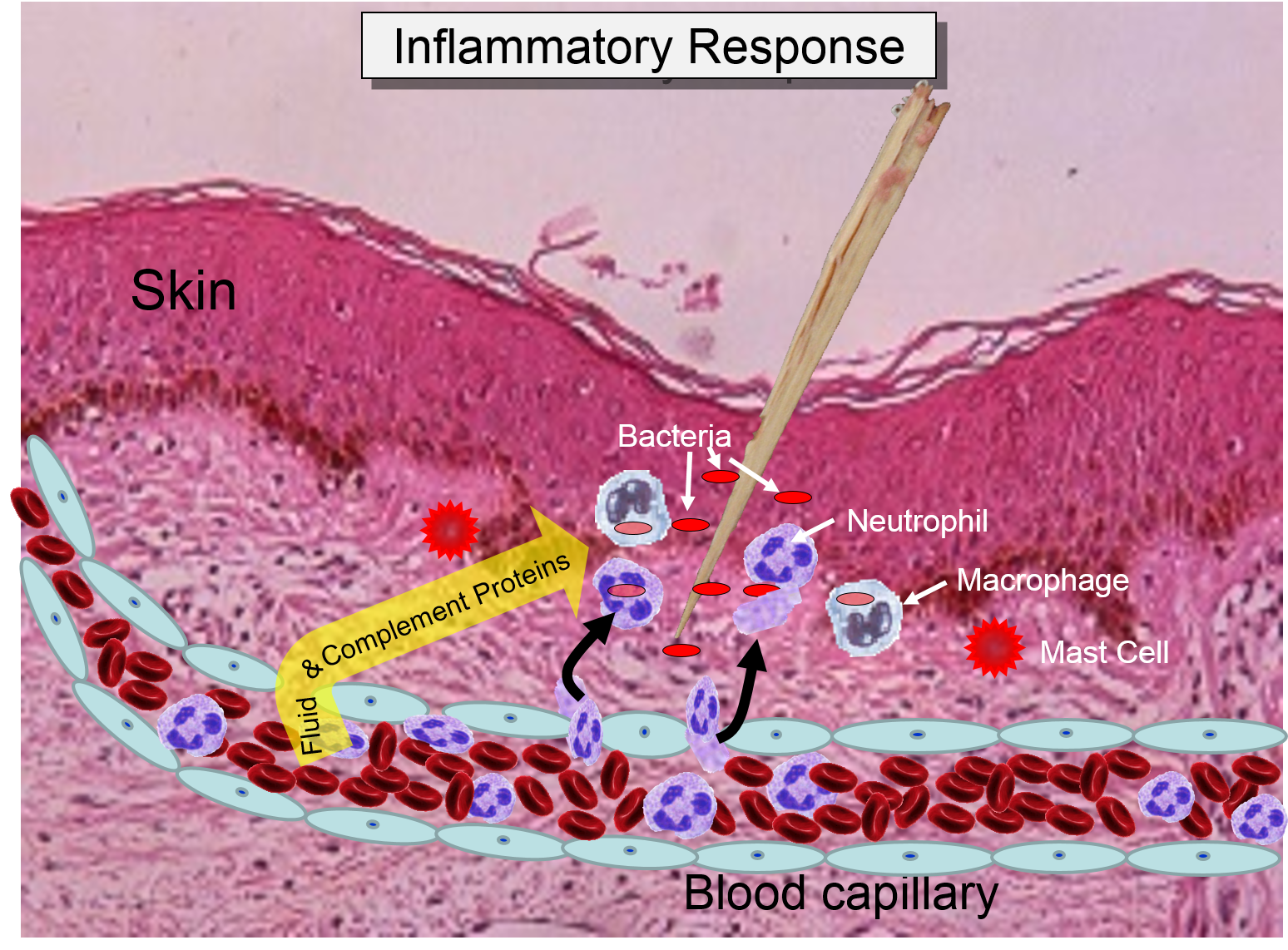

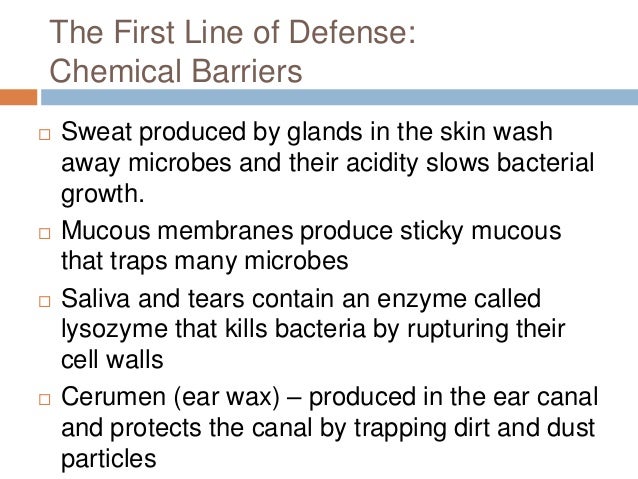

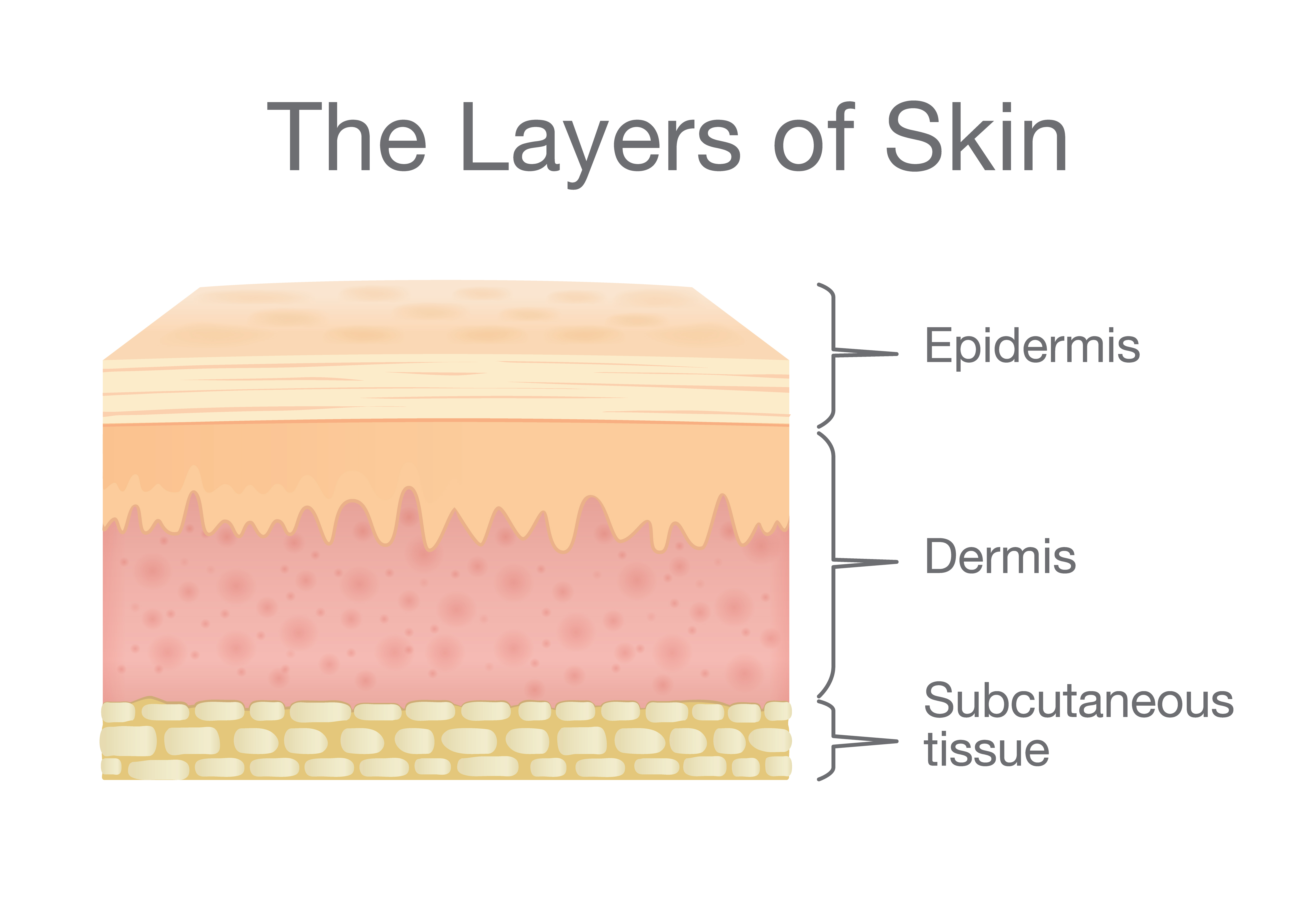
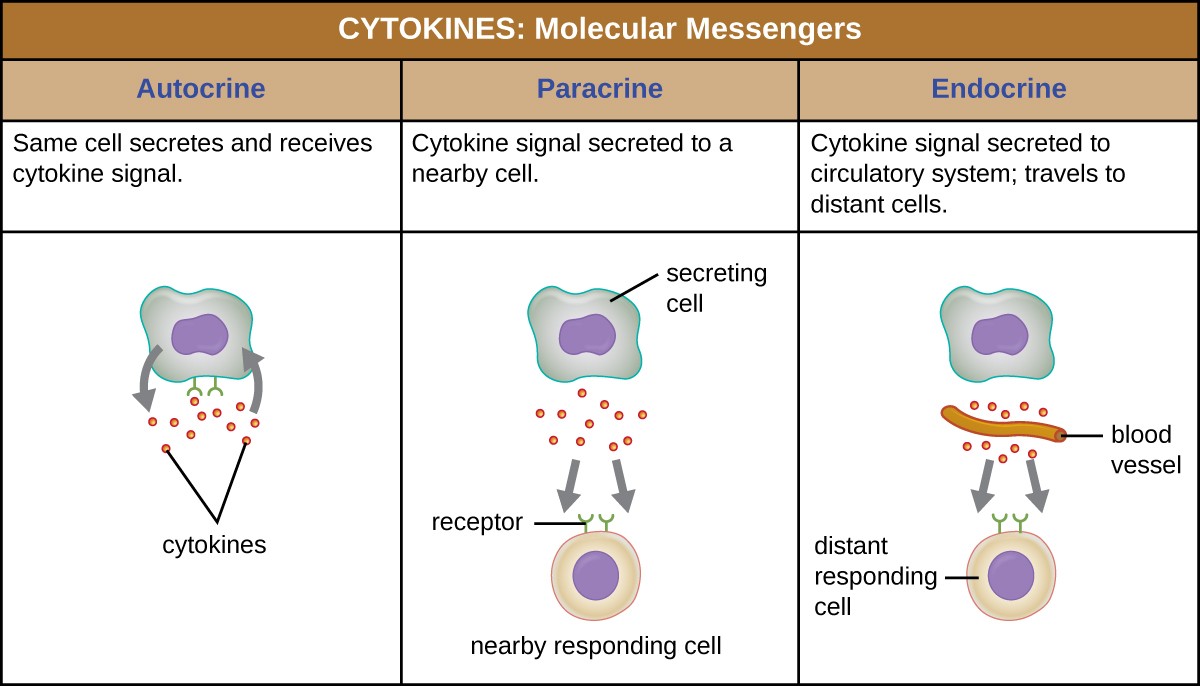

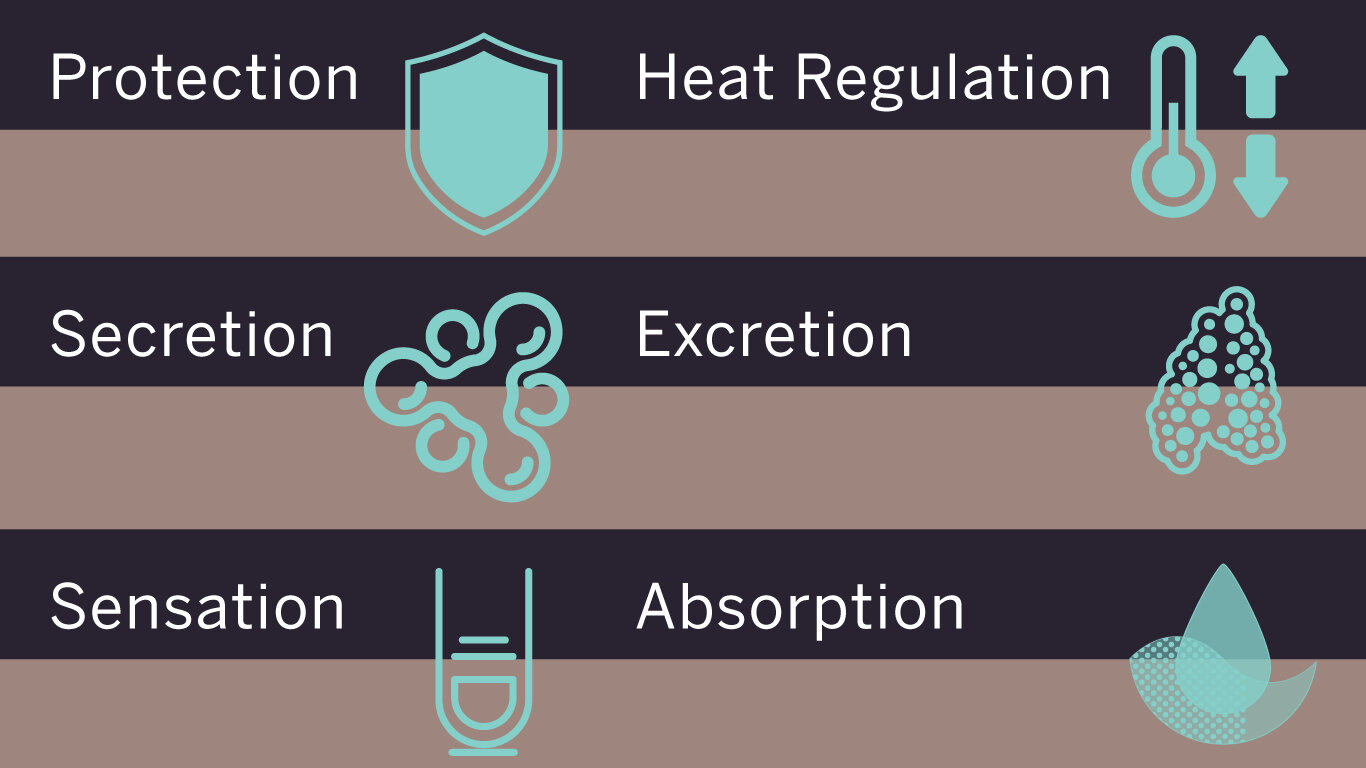


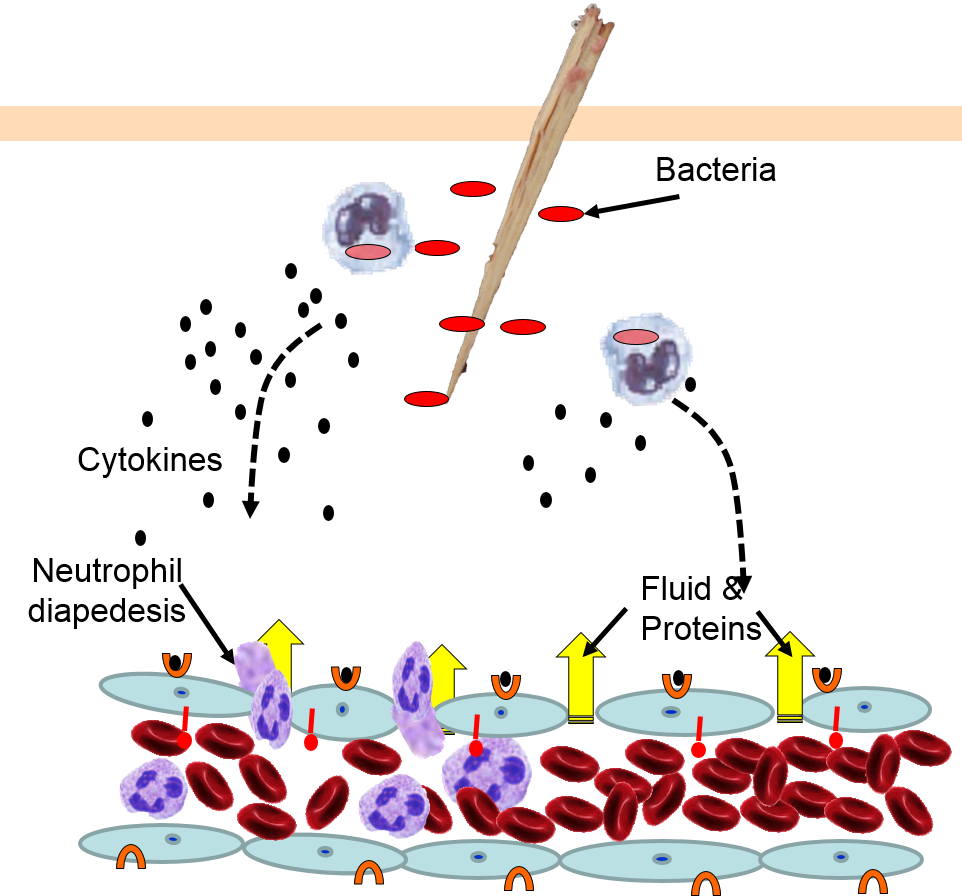
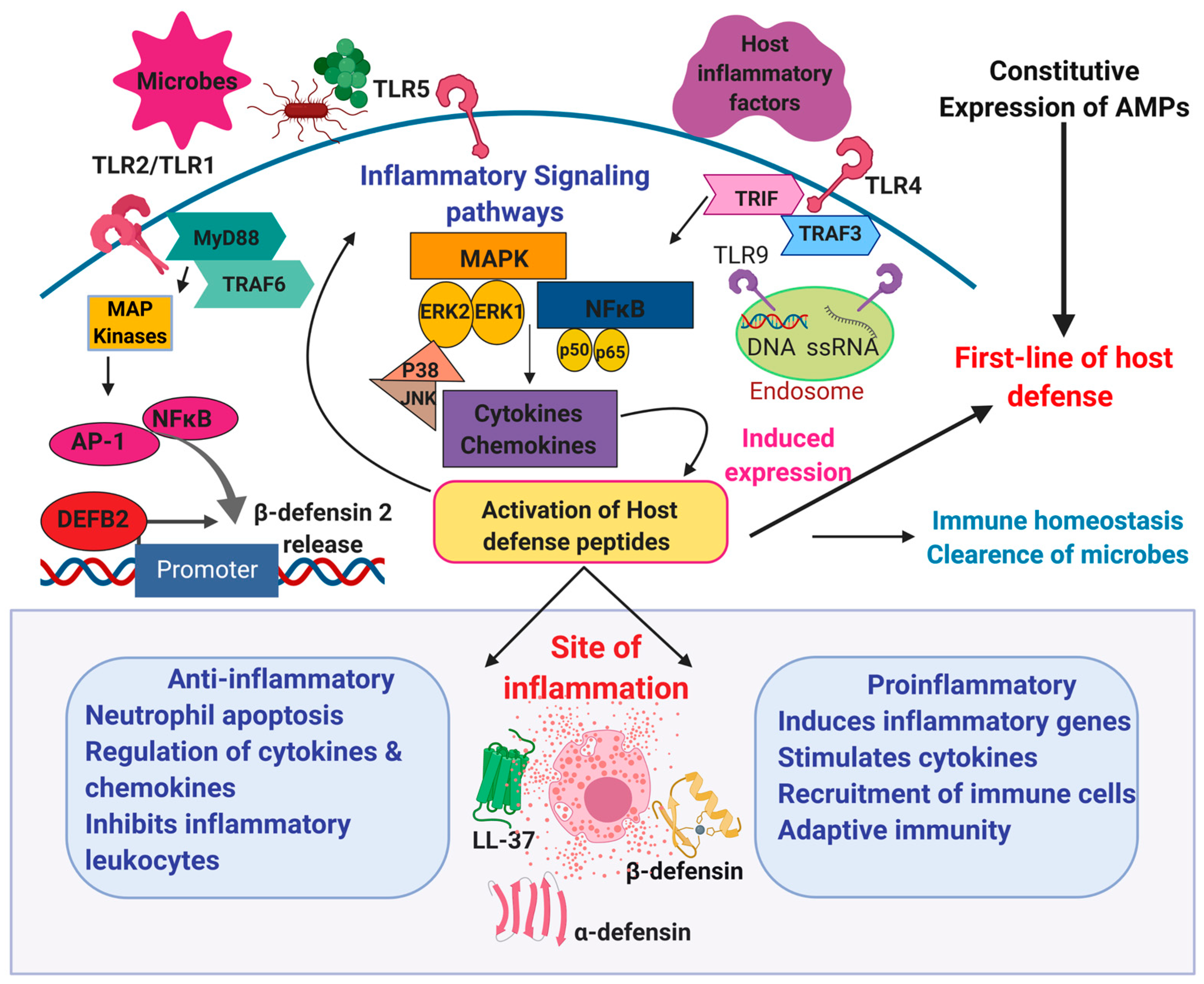
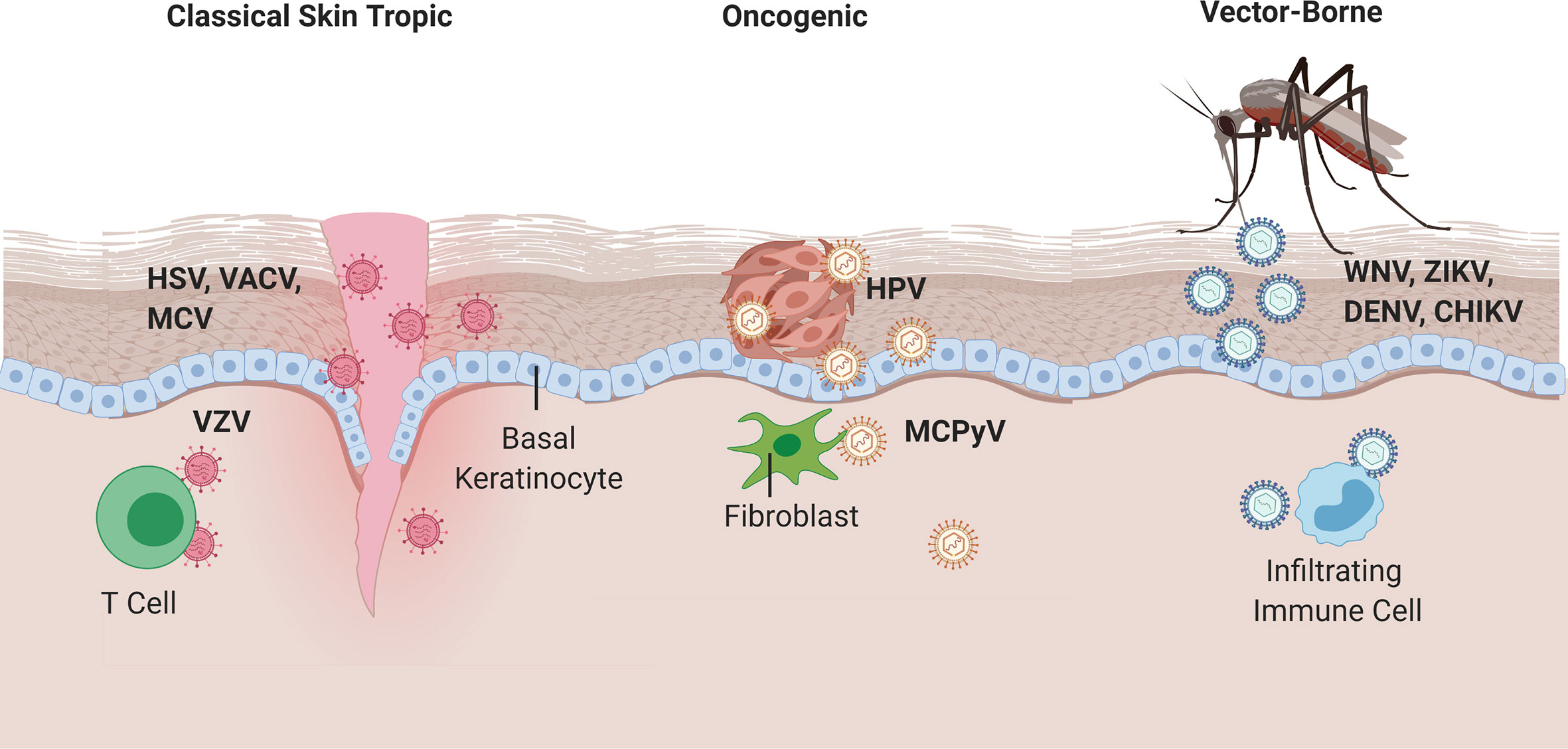
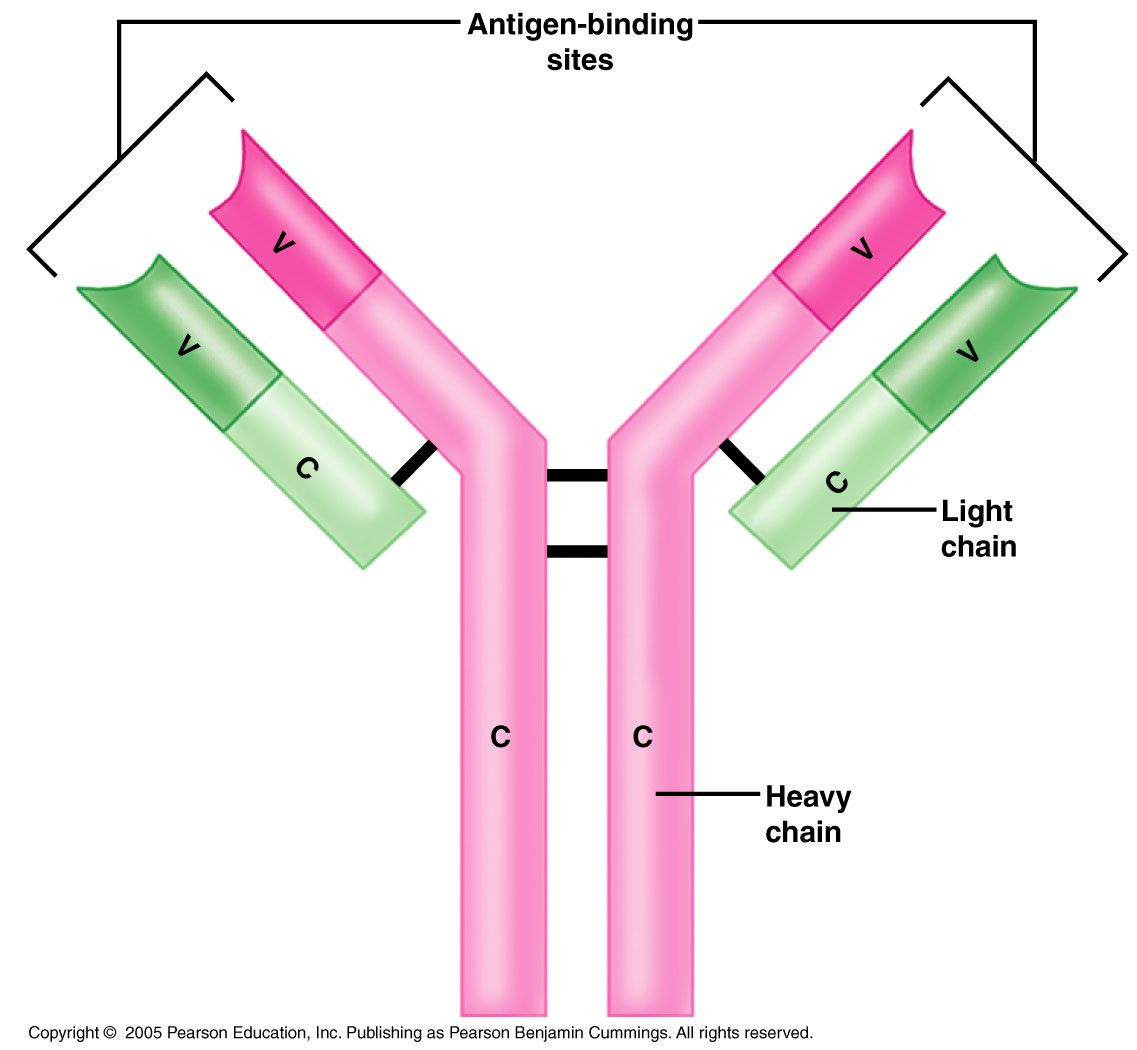
Posting Komentar untuk "Explain How The Skin Functions As A Defense Against Disease"